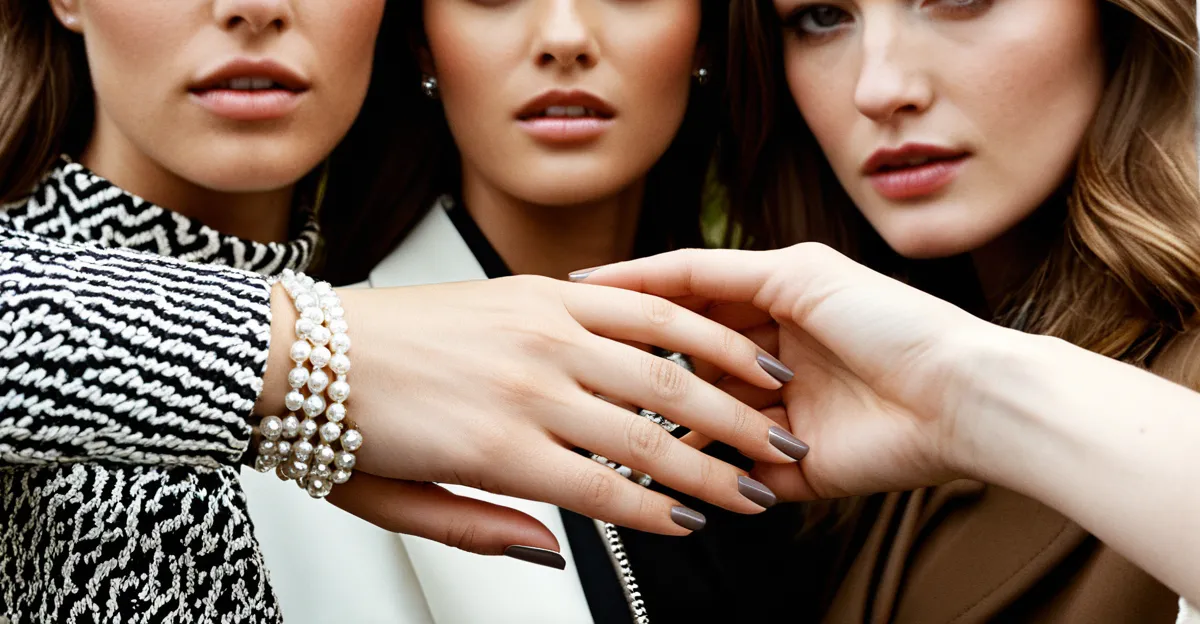Historical Progression of Female Fashion in the UK
From the Victorian era to today, the history of UK female fashion reflects profound societal transformations. In the Victorian period, rigid silhouettes, corsets, and elaborate gowns dominated, mirroring strict social hierarchies and gender norms. Moving into the 20th century, women’s fashion changes accelerated dramatically, heavily influenced by world events like the World Wars. During WWI and WWII, practicality became paramount; clothing shifted toward simpler, functional designs to accommodate women entering the workforce and public life.
The interwar years introduced flapper dresses, marking a bold break from Victorian constraints, emphasizing liberation and youth. Post-WWII, designers such as Mary Quant revolutionised British fashion with the miniskirt, aligning with growing social freedoms and youth culture. Alongside individual designers, movements like the British New Wave and the mod scene shaped the British fashion timeline significantly, reflecting women’s evolving roles.
Also to read : What Fashion Challenges Do UK Women Face Today?
Each era’s style shifts underscore the inseparable link between social change and women’s fashion in the UK. This progression not only charts aesthetic trends but also documents shifts in cultural identity and gender dynamics over time. Understanding these changes offers insight into the broader history of UK female fashion’s rich, dynamic evolution.
Fashion as a Reflection of Shifting Social Roles
Fashion has consistently mirrored the dynamic relationship between gender roles and societal expectations. As women gained access to education and employment, their clothing evolved from restrictive Victorian corsetry to more practical attire, signaling increased professional mobility and social status. Dress codes historically communicated class distinctions, with tailored suits or uniforms marking women’s entrance into traditionally male-dominated fields.
Also read : What are the Essential Fashion Pieces Every UK Woman Should Have?
These changes in fashion reveal much about women’s expanding roles in British society. For example, the loosening of rigid dress conventions during the 20th century paralleled the rise of women’s rights movements. Attire that once constrained became a symbol of autonomy and independence, reshaping perceptions of femininity. The adoption of smarter, functional garments empowered women to navigate public and professional spheres confidently.
Moreover, fashion’s evolution highlights how clothes function beyond aesthetics—they are markers of individuals’ place in society and gender expectations. In Britain, women’s fashion changes have often encapsulated broader shifts in social status and gender dynamics, affirming that attire is both a reflection and an instrument of social progress and change.
Fashion Trends as Catalysts for Social Change
Fashion and social movements have long been intertwined, with specific styles embodying the values and aspirations of various groups. For example, suffragette clothing in early 20th-century Britain used colours like purple, white, and green to visually promote women’s voting rights, symbolising dignity, purity, and hope. This strategic use of fashion helped unify and publicise the suffrage cause.
The British fashion timeline also highlights how youth subcultures transformed women’s fashion roles. The flapper style of the 1920s broke Victorian conventions with shorter hemlines and looser silhouettes, signifying women’s newfound freedom. Later, the punk movement of the 1970s, with its rebellious aesthetics, challenged both traditional gender norms and class distinctions. Similarly, the mod scene embraced sharp tailoring and bold patterns, reflecting a confident, modern identity.
These movements show how women’s fashion changes have functioned as both reflections and catalysts for social change. Fashion often challenged societal expectations by empowering women to express independence and critique established norms, making style a potent tool in shaping cultural and political dialogues in British society.




